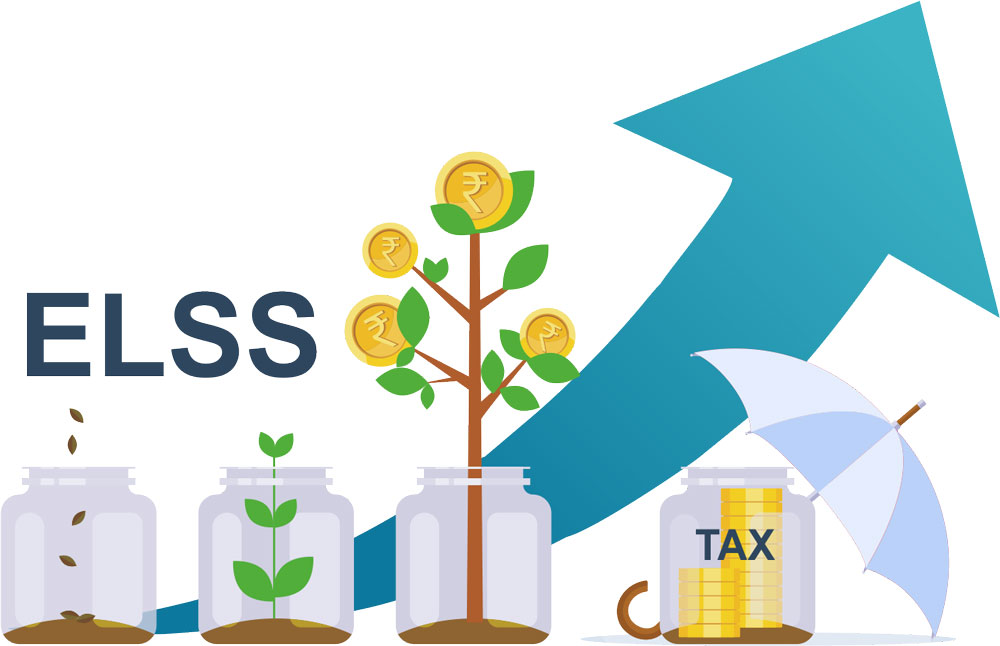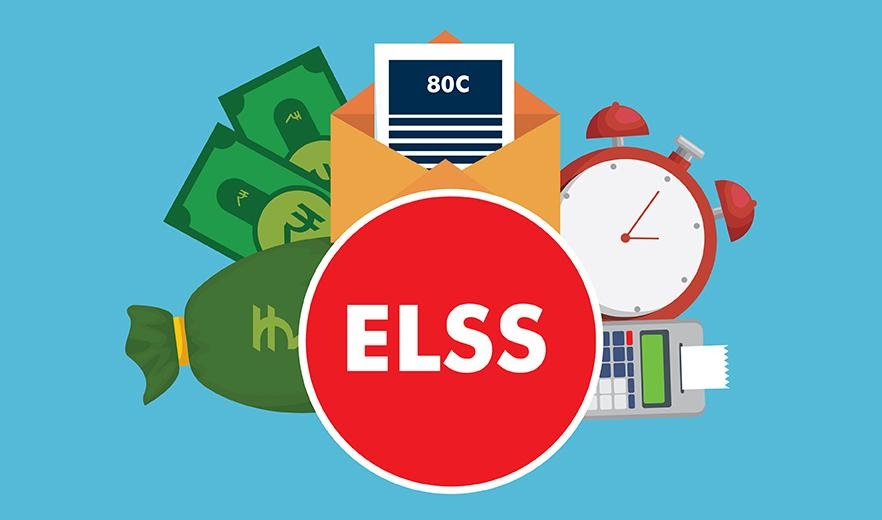3 Ways to Make Your Tax Saving Mutual Funds Work for You

Tax Saving. For most of us, these two words are like music to our ears! In fact, a big part of the unchecked proliferation of Life Insurance Products may be attributed to our collective obsession with financial instruments that lead to tax saving gains.
No wonder then that Tax Saving Mutual Funds or ELSS Funds have witnessed steady inflows over the past few years. With AMFI’s “Mutual Funds Sahi Hai” campaign taking Mutual Fund Investments to the masses, Financial Advisors have been reporting steadily increasing interest levels in Tax Saving Mutual Funds as a product. Here are three simple ways to optimize your ELSS investments and make them work for you.
Think Long Term
While Tax Saving Mutual Funds have a stipulated lock in period of 3 years, remember that they are essentially diversified equity funds and hence, high risk in nature. Intuitively, it follows that a period of three years is too short an investment horizon for ELSS Funds. Ideally, you should aim to hold your ELSS Mutual Fund investment for a minimum duration of five to seven years to derive maximum value from them. Additionally, make sure that you make yourself aware of the risks associated with equities before you invest.
Plan ahead…. And SIP it!
Instead of investing a lump sum into a tax saving mutual fund at the penultimate moment, you should ideally plan well ahead and start a Systematic Investment Plan (SIP) in an ELSS fund at the very start of a fiscal year. Doing so will ensure that the cost of your ELSS investment units get averaged out neatly over twelve tranches, thereby safeguarding your investment against the losses associated with volatile equity markets.
Link Them to Your Goals
Instead of making an ad hoc investment into a tax saving mutual fund, it would be a lot wiser to link your ELSS Mutual Fund to your long term financial goals. A Tax Saving Mutual Fund is essentially nothing more than an equity fund with a hard lock in – and equity oriented funds are excellent for creating wealth for your long term goals. Linking your ELSS funds to your long term goals (such as your retirement or your child’s higher education) will up your commitment quotient towards your investment and ensure that you’re far less perturbed when markets fluctuate. Your chances of creating wealth from your tax saving mutual fund will go up exponentially if you link them to your important financial milestones.
Your Investing Experts
Relevant Articles
Benefits of ELSS Investment for the Salaried Class
If you're a salaried professional looking to save tax while growing wealth, Equity Linked Savings Schemes (ELSS) might be your ideal match. ELSS funds offer tax benefits under Section 80C and come with a shorter lock-in period than most other tax-saving instruments. But their real strength lies in long-term wealth creation, especially when invested in through SIPs. Here’s how ELSS can play a strategic role in your investment plan.
Factors To Consider Before Investing in ELSS
Investing in equity linked savings schemes (ELSS) is a popular way to save money and grow wealth. ELSS Mutual Funds provide tax saving benefits, along with the potential to earn higher returns than some other investment options. However, before investing in ELSS fund, there are several factors that should be considered.
Here's Why ELSS Investment is Better Than PPF & NSC
Read this blog to learn why ELSS is better investment option than PPF & NSC. Besides tax savings, it offers capital appreciation. To know more ELSS mutual funds, visit FinEdge now!
.png)
.jpg)

